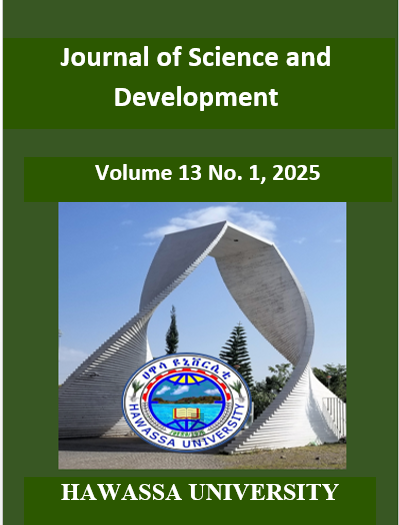Demand and supply side enablers and barriers of periconceptional folic acid supplementation among pregnant women in southern Ethiopia: A phenomenological qualitative study
Enablers and Barriers of Periconceptional Folic Acid Supplementation
Keywords:
Periconceptional Folic acid supplementation, NTDs, Pregnant women, Southern EthiopiaAbstract
Background: Folic acid deficiency during conception is linked to neural tube defects, small for gestational age, and low birth weight. Adequate periconceptional folic acid supplementation (PFAS) has been shown in most studies to significantly reduce the risk of neural tube defects. Thus, the aim of this study was to investigate the demand and supply side enablers and barriers of periconceptional folic acid supplementation among pregnant women in southern Ethiopia. Methods: A phenomenological qualitative study design was implemented among 35 purposively sampled pregnant women and 18 health professionals. We collected qualitative data through focus group discussions, in-depth interviews, and key informant interview techniques. Each of the collected data were transcribed verbatim and translated into the English language. The data were then entered into OpenCode software, which was used to manage the entire coding process and analyzed thematically.
Results: The study identified women's better health-seeking behavior and positive attitudes toward future PFAS use as enablers for service users. Service provider-side enablers include creating community awareness, health education, good perceptions of health professionals, integration with current health services, charge-free distribution of FAS, and application of the national supply management system. The main service user barriers were a lack of preconception care, an unplanned pregnancy, a late initiation of ANC follow-up, a lack of knowledge about PFAS, misconception of women, and financial constraints. We identified several service provider side barriers, including insufficient knowledge of health professionals, insufficient allocation of folic acid supplements, insufficient access, and ineffective supply stock management.
Conclusion: We must provide nutrition education about PFAS and its benefits for NTDs prevention, as well as engage in community activism and raise public awareness through mass media communication. Furthermore, PFAS should be integrated into health facilities and communities' current health care services across the country.
Downloads
Published
Issue
Section
License
Copyright (c) 2025 Beminet Moges Gebremariam, Dejene Hailu, Barbara J. Stoecker, Afework Mulugeta

This work is licensed under a Creative Commons Attribution 4.0 International License.
The author(s) of the individual articles remain the copy right of their articles.

